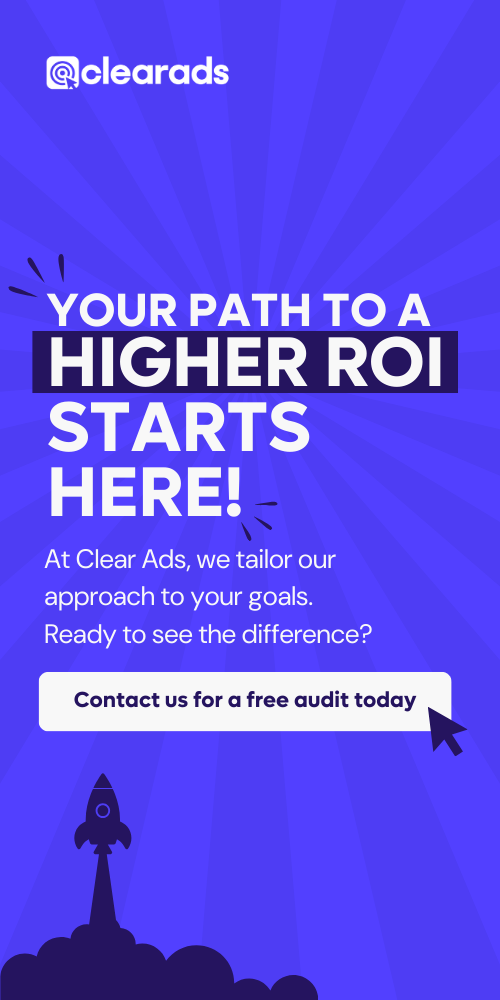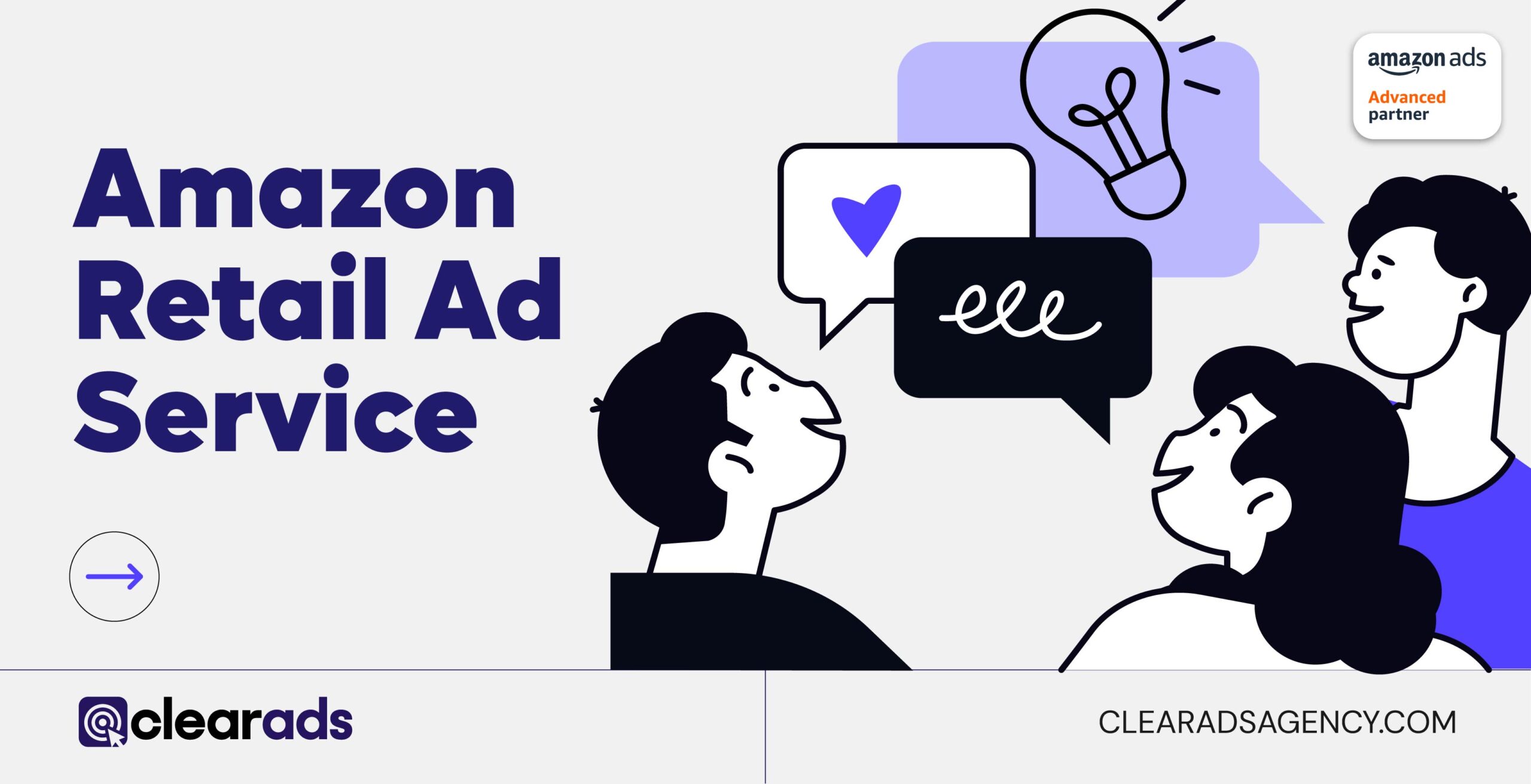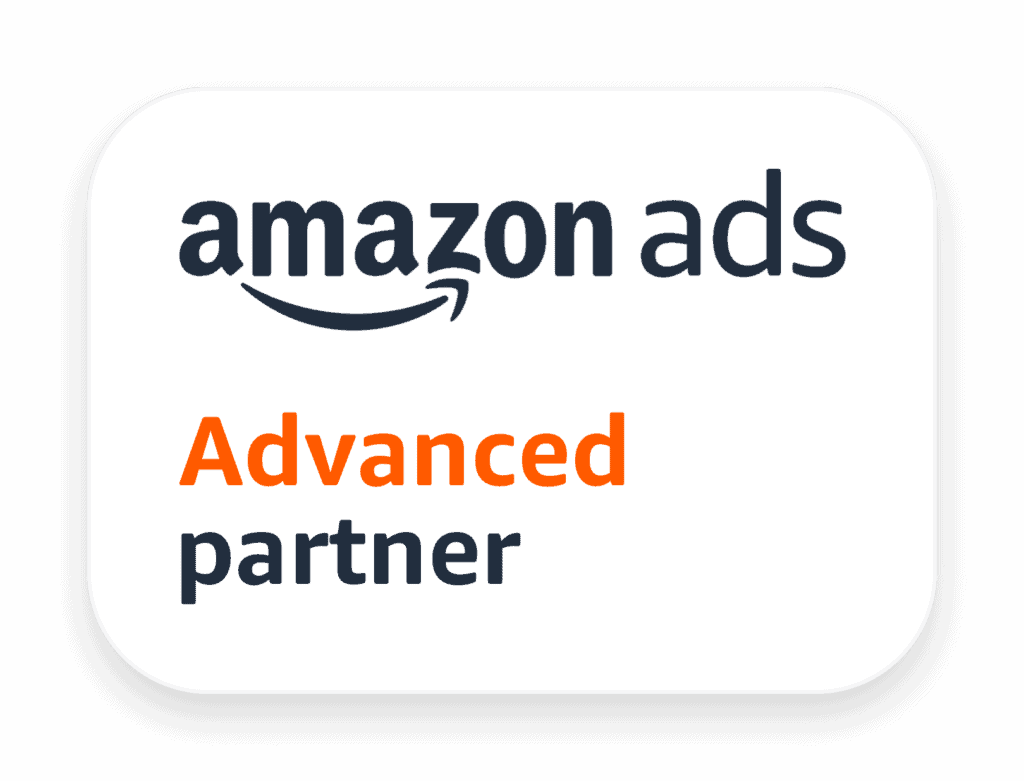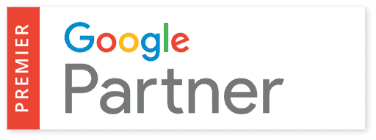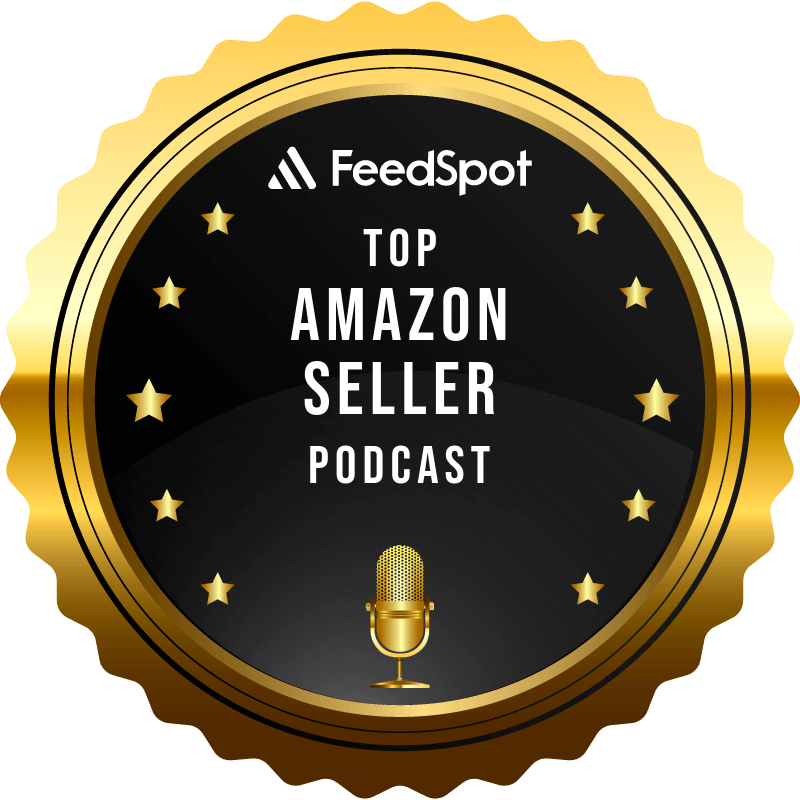Advertising your products and brand on Amazon is the best way to reach your business targets.
As a seller, you may already use PPC ads or just getting started with them. Either way, we have put together some useful information and tips for you to consider when developing and optimizing your sponsored ad campaigns.
What Are Amazon Ads?
Amazon ads allow products to appear ahead of customers when they use the entire relevant keywords and phrases.
They can appear in various places, including but not limited to search result pages and product detail pages.
There are three main types of sponsored ads to use:
- Sponsored Products: These are the most commonly used type of ad as they appear seamlessly with other products on the search result page and PDPs. They are targeted to specific keywords or products and are great for brand awareness and boosting conversion rates.
- Sponsored Brands: These are great for building brand awareness and loyalty. They appear at the top of the search results page and feature your brand logo, a custom headline, and multiple products.
- Sponsored Display: These ads can appear on and off Amazon, including PDPs. They are targeted to specific audiences based on their interests and behaviors and can be used to re engage customers or competitors’ customers.
Sponsored ads are brilliant for driving traffic and sales and increasing visibility to reach more interested customers. The PPC model makes them especially valuable to advertisers as you will only pay for the click you receive on the ad, not just the impressions served. This makes the cost more valuable and prevents wasted ad spend.
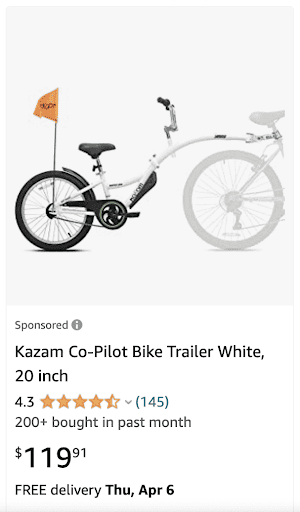
How Amazon Ads Work?
PPC ads can be identified by a ‘sponsored’ tag on the ad. They will help you appear higher in the search rankings since organic results are often not enough to drive sales, especially for new products.
The ads help to build brand awareness, increase sales, drive purchases, and increase customer loyalty. They can blend seamlessly with the products on the results page, which means customers often assume they are Amazon’s recommended products. That is what increases the likelihood of a conversion.
What is PPC Advertising?
Amazon’s sponsored ads are all considered PPC advertising, but what is pay-per-click advertising, and how is it different from DSP?
PPC is often easier to manage than DSP campaigns and can be used by anyone registered as a seller on Amazon. It is a great way to get stuck in with advertising at a lower cost since you will only pay when a customer clicks on your advertisement.
PPC advertising is great for developing brand awareness and increasing your organic ranking; if used effectively it can be a huge asset to your business. Amazon can even out the playing field between new and established brands by bidding on the placement. It will push down organic search result winners and give different products a chance in the space.
It is unlikely you will reach your targets without advertising, and PPC is the best way to get started. It shows your products higher on the search results page for a better conversion rate.

Advantages
1. Build Brand Awareness
Since sponsor ads use a pay-per-click method, these ads can be excellent for advertisers with the end goal of raising brand awareness. You get the ability to advertise to a range of shoppers, at a low cost.
PPC ads only charge the advertiser when a customer clicks on the ads, unlike DSP, where you pay per 1000 impressions. Because of this, advertisers can place their brand ‘seed’ often without a charge. They may see your advertisement and return when it is more relevant.
PPC ads put your brand in front of a range of people actively shopping, which builds familiarity with your brand and loyalty. For example, Mcdonald’s is a recognized brand due to the amount of exposure and impressions they put on people.
2. Boost Sales
Sponsored ad campaigns are an excellent way to quickly boost your sales, for similar reasons why they help to build brand awareness.
The campaigns can improve the visibility of your products by having them appear at the top of the search results page and integrate seamlessly with the other products. By having more people view your product alongside top-of-the-funnel products, shoppers are more likely to progress to a conversion.
How would you increase sales if nobody sees you? If you don’t have enough reviews and trajectory to produce organic sales, then ads are vital. The flywheel cannot take effect and produce the momentum to keep sales going.
Advertisement > More visibility > More clicks > More Sales > Higher Ranking > More visibility … and so on.

Sponsored ad campaigns have greater campaign development by specifying the targeted audience. This will increase sales by presenting your product to the most relevant shoppers.
3. Improve Your Organic Ranking
Improving your organic ranking is an effective way to grow your business. It will promote consistent sales at a low ACOS. But how do sponsored advertising campaigns help improve your organic ranking if they appear in the ad spots?
The higher the conversion rate, the more you will be favored by Amazon on the results page! As with any business, Amazon ‘back the winning horse’, and if you are successful, they will raise your organic ranking!
The higher you appear within the results, the higher the chance of conversions. Hence, advertising a product launch is important, otherwise, you have nothing to boost your ranking or gain positive reviews! If you are stuck on pages 3, 4, or beyond of the search results, there is little chance of a conversion.
There are always expectations, but you should consider this a general rule, especially if you have an awareness goal.
4. Reach Interested Buyers
PPC campaigns are targeted on a keyword or product basis. So they will only appear for customers who search using the keyword or phrase that you have chosen! This is a brilliant way to prevent any potential wasted ad spend through people clicking on your ad and not completing the sale.
For example, if you sell balloons and use a phrase-type campaign, your product will only appear on results where ‘balloon’ was used within the phrase. You can play around with negative terms to fully hone in on who sees your ad. It just prevents you from wasting money on pointless clicks.
5. Only clicks are charged
Sponsored ads offer great saving potential by only charging you for the clicks you receive. Unlike DSP, where you pay for impressions without the guarantee that it will lead to a conversion!
It may be beneficial to keep an eye on your impressions compared to your CTR. If you are serving many without people clicking on your ad or without conversions, it is a red flag. It may highlight that you are advertising on the wrong terms or could improve something about your ads.
Disadvantages
1. Time-Consuming
A PPC ad campaign requires continuous optimization for the best chance at success. Meaning, you need to constantly be optimizing and generating new information. Without this, you could find yourself overspending without growing your business.
Because of how time-consuming it is, it is common for sellers to dedicate one of their team members to their campaigns or use a third-party agency. Delegating prevents any time-wasting on your end and means you can focus on what is important. Growing your business!

2. Budget Risks
The budget risks of PPC advertising come hand-in-hand with how much they require attention and knowledge. Without a sufficient understanding of how the campaigns work, you risk overspending and running far over your allotted budget!
If you aren’t prepared to invest the time and educate yourself on the process, then keep to automated campaigns or hire an experienced agency.
Overspending may come through a lack of conversions as well. If your campaigns have a far greater number of clicks than conversions, you may find yourself overspending and lacking any profit.
Costs
There are no monthly costs associated with sponsored ad campaigns as you only pay for the clicks you receive on ads. As a result, you maintain control over the amount you bid on different campaigns, budgets, and where you would like to allocate your spending.
You must remember that with sponsored ad campaigns, it is highest bidder wins. This means that the higher you bid on keywords or phrases, the more likely you are to win. Amazon will favor higher bids regarding placement, but if you have a high ad spend without the corresponding sales, you may end up at a loss.
Also, you must have a professional seller account to run sponsored ad campaigns. This comes at a cost of around $39 a month!
Ad Types
Automatic vs Manual Targeting
Within the ad campaigns you choose, you will get the option to choose between automatic or manual targeting. It is recommended that you use both throughout a campaign and continuously optimize as you gather more data.
Automatic
Automatic campaigns will use automatic keyword targeting by Amazon. It is an easier way to run ad campaigns based on how close or loose searched phrase is to what you sell on Amazon.
The seller has much less control over the specific keywords or bids within the campaign, relying on what Amazon considers relevant. As a result, you may find there is more wasted spending on Automatic campaigns.
However, you can negate terms with automatic campaigns, which can prove useful if you notice you are having very little success on certain terms.
Manual
Manual targeting, by its nature, offers advertisers much more control over their campaigns than automatic.

This targeting method has sellers choose the keywords or products they would like to target and offers specific bids for each. Having this much control over the campaigns will streamline your advertising depending on your campaign targets, and present any wasted spending.
This method offers clarity for long-running campaigns as these campaigns will have more extensive keyword data. They can still be useful on new campaigns, especially if you have done previous keyword research and have a good idea of what you would like to target.
Manual campaigns will also require more optimization than automatic campaigns. You need to be continuously adjusting the bids on key terms and adding negative terms as time goes on. Without this optimization, you may run the risk of overspending and having a lack of reach.
Sponsored Products
A sponsored product campaign is advertising an individual product, they appear within the search results page alongside other products.
These campaigns are great for new advertisers as they are easy to set up and have a variety of functions. These ads can increase sales, visibility, and loyalty at a low cost. They are also particularly useful for finding new terms to use to reach more relevant audiences.
Since they use a pay-per-click method, you won’t be charged for unsuccessful impressions. This gives you more room for error within your campaigns, allowing you to figure out what works best for you without complete fear.
You can see below how sponsored products will appear on the search results page, they easily blend with the other products. This form of advertising makes it easy for interested shoppers to see a specific product and follow through to buy it.

Sponsored Display
Sponsored display ads are auto-generated creatives that work well for promoting new-to-brand sales.
These ads can appear on or off Amazon and can be used by vendors, professional sellers, and agencies with clients who sell on Amazon. Because of this, they can be very successful at building brand awareness and loyalty. They can reach any of your business goals.
Amazon uses its tools to determine relevant placements for your ads depending on the contents of your product description etc. They appear in various places, including the Amazon home page and the product detail pages.
The ads will include your product logo, title, and a shop now button and take customers to that PDP. Display ads are also retail aware, which means they will only appear to shoppers if your product is in stock and a featured offer. So always have your product available if you want to use display ads.
The ad can appear for a variety of targeting options. You have contextual or audience-based targeting, depending on where or who you want to target. You can retarget interested shoppers within an allotted lookback window and more!
Sponsored Brands
Sponsored brand ads can drive awareness and discovery of your store and your brand. They appear amongst relevant search results depending on the consumer’s previous shopping experiences. These ads tend to advertise your entire brand message or a range of products.
A specific quality of sponsored brands is their various ad types, choose from product collection, store spotlight, or video.
All ad formats may appear on top of, alongside, or within shopping results, across browsing platforms. Since they’re cost-per-click, you pay only when shoppers click your ads. You control how much you spend by setting a daily budget and choosing how much to bid per click.
10 Tips for Optimizing Amazon PPC Ads
Here are 10 of our top tips for optimizing your PPC ads.
1. Set clear goals and KPIs
It is incredibly important to know what your business goals are and how you will identify the progress throughout a campaign.
Have you discussed a target ACoS? Have you thoroughly figured out your profit margins and how much you are spending in the different areas of your business? It will prove detrimental long-term if you are unsure where you want to go with your business.
Are you hoping to build brand awareness and have a large budget? You may want to focus more on CTR and new-to-brand orders than your spending.
This is something your account manager can help you with, but only you know what the objectives of your business are.
2. Research your keywords
Well-researched keywords will be game changers for your ad campaigns. Streamline your audiences and advertise to interested shoppers. You will see your new-to-brand orders increase and a decrease in wasted ad spend.
This includes negative keywords! Do not be afraid to research your competitors or use the search bar to do external research before your campaign starts!
Once you have launched the campaign, use the search query report to view what keywords are pushing sales and always be optimizing your campaigns. With the correct nurturing and bidding, you will be one step closer to reaching those targets!
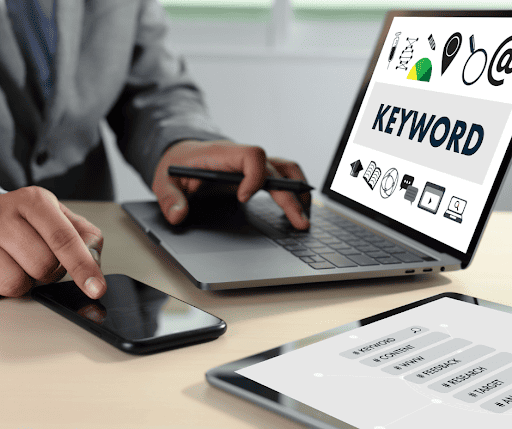
3. Optimize your product listing
Your product listing is the first thing customers see when they click on your ad, so it is important to have the best possible listing so they follow through with the conversion.
- Ensure you have a clear and relevant title and product description so customers know exactly what they are buying. A deceitful product listing will lead to bad reviews, which you do not want!
- Are you utilizing your images, it is best to use 4-6 good-quality images in your product listing. They should demonstrate what your product is and follow Amazon’s creative guidelines.
4. Focus on Customer Feedback and Reviews
To be considered by Amazon for the top placements like the featured offer or Amazon’s choice you need a rating of 3.5 stars or above. The better your customer feedback is, the more likely consumers are to purchase your product.
With a new product launch, it can be difficult to know where to get reviews from. However, including follow-up marketing emails for your products are an easy way to prompt customers to review your product after purchase.
5. Test different ad formats
If you’re familiar with a/b testing with Google ads, you will know all about split testing with Amazon. There are so many different ad types and variations to help you find the most effective campaigns. It will also help you understand your audience’s shopping patterns, which you can use in your campaign strategy.
6. Set a competitive bid
Amazon’s advertising works like an auction where the highest bidder wins. Because of this, you want to ensure that you are bidding a good amount on your relevant keywords/products. Otherwise, you will lose your placement and miss potential sales.
Look at your search query reports and such to gather more information about what your well-performing terms are. But you also want to be careful not to overbid on various terms if there is a low conversion rate.
A high bid is good for aggressive targeting, but generally, it is best not to have incredibly high bids. This will stop you from going over budget.
7. Monitor your campaigns regularly
PPC campaigns require continuous optimization for the best results. Always be evaluating various metrics like impressions, TACoS, and clicks. You are working in a fluctuating environment, so it is important to catch any red flags or opportunities quickly.
8. Invest in Branding
It may seem more expensive, but developing a brand set you sailing straight toward and beyond your business goals!
You will get unique access to brand analytics and the ability to create your own Amazon storefront at no extra cost. This way sellers can inform consumers what their brand is about by adding unique advertising.
It also identifies you as a genuine seller to shoppers, which raises your credibility as a business.
9. Test different ad creatives
Don’t be afraid to split-test different creatives. Play around with your text, video, and images to identify what combination your shoppers respond to better. If you sell a lifestyle product, do you have a demonstrative video within your creatives? Things like that can significantly boost the confidence customers have in your brand.
10. Use Product targeting
There is a sparkly new product tab in the campaign manager that allows you to see the performance of your products. Understanding the performance of your products in individual campaigns and overall is a brilliant way to have a quick view of your performance.
It will also identify your leading product, and where you can bid more aggressively.
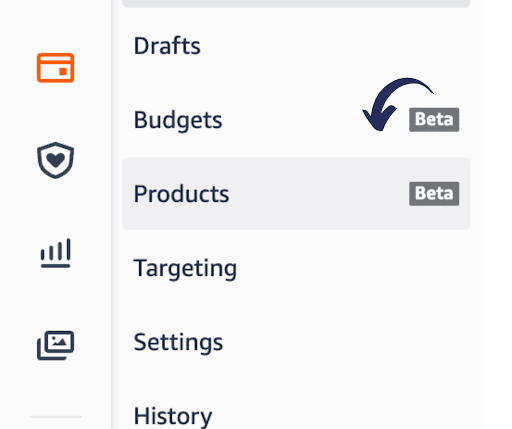
3 Phases of Campaign Optimization
Phase 1 – Bulk Optimization
This is where you can optimize multiple campaigns at once, it streamlines the process and make adjustments quickly. For example, you can adjust the bid on all products with an ACoS higher than 40% and reduce them by 10%.
What you can do through bulk optimization:
- Add or create new campaigns, ad groups, keywords, or SKUs
- Pause active campaigns, ad groups, or keywords
- Enable inactive campaigns, ad groups, or keywords
- Optimize bids and placement
- Negative product and keyword targeting
Phase 2 – Individual Campaign Optimization
This is when you get a more specific data and using that to adjust specific bids and keywords.
Look for where you aren’t meeting targets throughout the campaign and where you can adjust your bids and key terms to have a more effective campaign. You can use the campaign manager to identify your strong and weak points and highlight the key areas you want to focus on.
If you find you are underperforming and you’ve exhausted all your capabilities, it may be worth hiring a professional to help you.
Phase 3 – Autopilot Mode
There is always more optimization to be done as you continue to receive more data.
Once the flywheel effect starts to take action, you can shift your attention to bid more aggressively on alternative key terms and competitor product targeting.
Best Practices
In conclusion, PPC ads are good to use whatever your business goals but the three things to take away are:
- Consider your match types and how they will affect your appearance.
- Know what your budget is. Identify all your outgoings, from shipping to advertising, then you can set clear budget guidelines.
- Before you start your campaigns, have clear business goals and set a strategy.
Getting Started
With over a decade of experience in digital advertising, we at Clear Ads have become a sought-after agency for Amazon advertising. We have helped hundreds of businesses achieve their potential because we are confident in what we do.
Our account managers are skilled in the tools required to analyze and adjust your campaigns for the best results. Through the help of one of us, you can save time on analyzing data and focus on what matters most to you, your business.
We are proud that all our account managers stay up to date with their Amazon certifications. As Amazon partners, we consistently stay informed on industry changes and Amazon updates. You can rest easy knowing that we are qualified Amazon advertisers.
To find out more about how we can help your business grow and take advantage of your brand benefits, request a callback today!
